Purgatorio, Canto 29
OVERVIEW
Bernadette Waterman Ward is an Associate Professor of English at the University of Dallas and Director of the English Masters program. Her research considers Christian theology in literature, and especially the theology of John Duns Scotus, and she teaches courses on John Henry Newman, George Eliot, and Gerard Manley Hopkins.
Questions for Reflection
- In lines 37-39, Dante again invokes the Muses, but his tone is different. He says that he has suffered on their behalf and now expects his reward. What is going on here?
- As the bizarre parade of the griffin begins, Dante looks back to Virgil for some kind of answer, but Virgil can only respond with a look of amazement. Why is Virgil silent here? Why does Dante turn to him? Why would the Poet keep Virgil in the narrative if he’s no longer teaching the pilgrim anything? Or has the teacher now become the student?
- How are Dante’s desires still not quite perfectly aligned with the highest Good (29.58-63)?
- Describing one of the beasts in the parade, Dante describes their wings and says that John (the apostle) agrees with Dante’s vision rather than Ezekiel’s vision. What does Dante’s cheeky claim tell us about the theological authority of his poem?
- Who are the dancing girls at the end of the canto? What announces the approach of Beatrice?
DETAILS
- Dr. Bernadette Waterman Ward
- University of Dallas
- Run Time 12:10








